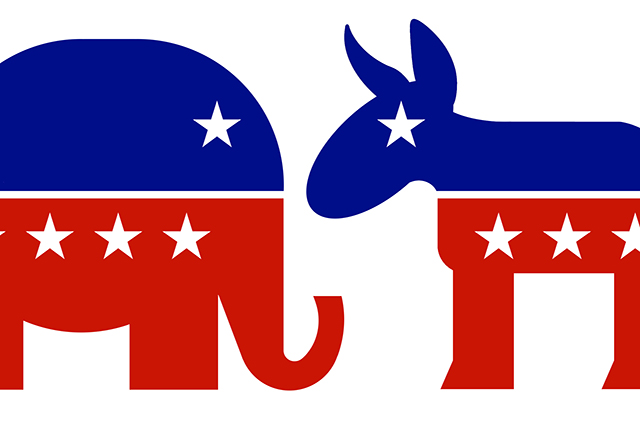
Photo Courtesy of Hotey
As the presidential election looms, the divide between Democrats and Republicans has grown to its greatest gap yet. Since many of the students on this campus will be voting in the next few months, it is time for a fun – if not fully proven look – at how we choose (or do not choose) political parties to support. Research suggests you are actually born disposed to be either a liberal or a conservative. Over the years, dozens of studies have taken place. Biologically, they all agree on certain aspects. However, the compilation of data expressed below relies upon correlation, not causation. Essentially, it shows a possible link, but not necessarily a cause.
Democrats are creative and curious, according to University of Pennsylvania researcher Dylan Goldstein. They are open to learning and new experiences. This is perhaps due to the larger left posterior insula they possess. This part of the brain is associated with higher level thinking. It enables the individual to use in-depth introspection and awareness of consciousness, while also being able to put themselves into others’ shoes. Higher level empathy results in the overall acceptance of different people. Some Republicans like to say this inhibits liberals from thinking clearly, but ironically they might be the ones that are more heavily influenced by their emotions.
A study by the University of Exeter shows the one portion of the brain that Republicans’ possess in larger volume is the amygdala. The amygdala is the part of the brain that is best known for creating fear. One study simply involved banging a pipe to watch the brain response, and the amygdalae of the conservatives tended to overreact and the individuals showed far more instinctual fear behavior. The study resulted in the conclusion that Republicans are more heavily influenced by emotions during decision-making. During situations of stress, they tend to focus on individual survival rather than group protection. But it is not that conservatives are fearful, but that fearful people tend to be more conservative.
Along with empathy, liberals also have a larger anterior cingulate cortex, or ACC. The ACC’s purpose is conflict detection. This section of the brain identifies what stimuli is a threat or not, while offering a solution as well. Not only is this part larger in liberals, but its neurons also fire significantly more.
The studies also seem to agree that Republicans are more organized and have more confidence in day-to-day life than their Democratic counterparts. This is sometimes reflected in instances of being vocal about their individual beliefs.
Another noticeable difference is in language. In a recent study by the grammar-checking app Grammarly, it was found that Democrats have, on average, a 22 percent greater vocabulary than Republicans. The study also showed Republicans also make, on average, twice as many grammar mistakes than Democrats. A great example of this is the GOP frontrunner, Donald Trump, who uses approximately 13 percent of his words incorrectly. Compared this to Bernie Sanders, with only about 3 percent of his words written on social media alone being grammatically incorrect. To see the full results, and the methodology behind the study, visit Grammarly on the Web.
Wherever you wind up on the political spectrum – and however you interpret the results of these studies – it is important to remember that the studies are observational and that some Democrats are wired like Republicans, and some Republicans are wired like Democrats. In the end, according to the studies, whatever party you choose to support, will be based not only on biology, but how your life has been shaped by your experiences.
dtafone@ramapo.edu





